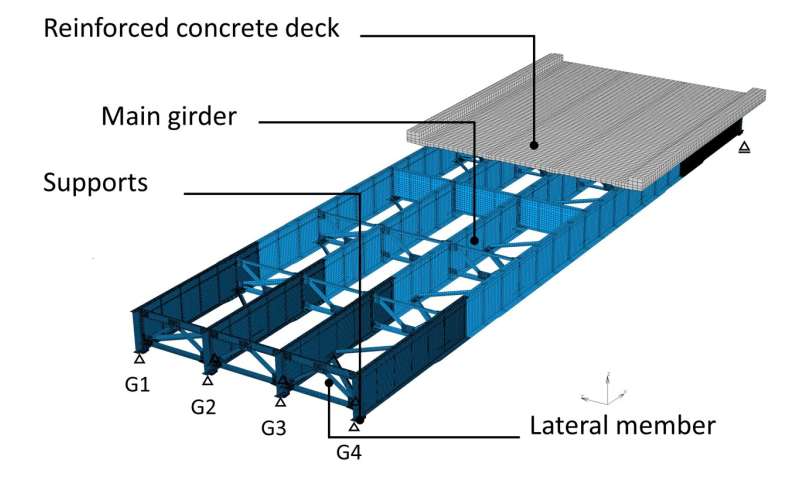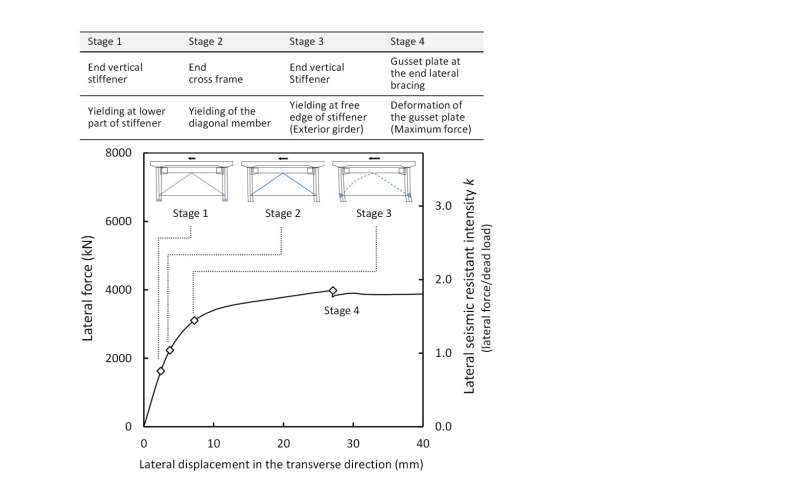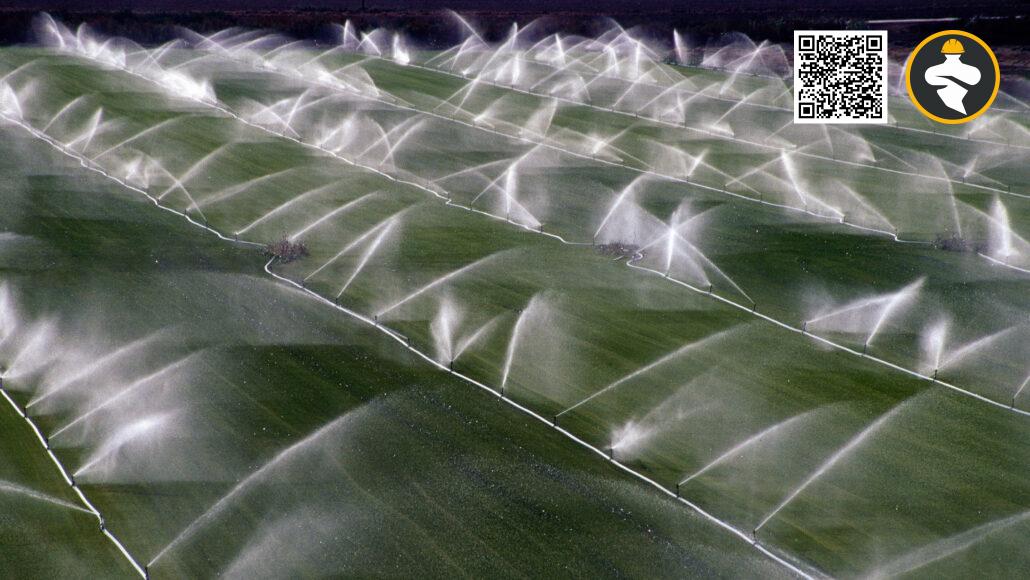A thorough simulation performed by Tokyo Metropolitan University researchers demonstrates how a typical bridge type fails during significant earthquakes. They created models of I-shaped girder bridges, examining the sequential method by which they give way to lateral forces and bend, beginning at the ends. It has been demonstrated that reinforcing ribs increase load-bearing capacity and are effective against lateral forces. Their research directs bridge engineers toward logical design methods for creating more durable infrastructures.
Infrastructure can be severely damaged by large earthquakes. For instance, the impacts of a seriously broken bridge go beyond the tragedy that befalls those who are on it and include how the loss of access affects emergency services, evacuation plans, and the transportation of essential supplies. Therefore, it is essential to comprehend how seismic activity affects typical bridge structures in order to both build bridges that can withstand powerful earthquakes and reinforce existing ones to prevent failure.
Although there are several models available for evaluating the resilience of bridge superstructures, there are typically very few examples that look at how each component of the entire bridge structure responds to large-scale earthquakes.
A group at Tokyo Metropolitan University under the direction of Professor Jun Murakoshi has been researching precise models that faithfully represent the behavior of complete structures with an eye toward how they might influence new design approaches. An I-shaped girder bridge, a typical bridge type with a span length of 30 meters, is made up of supported steel girders that are shaped to have a cross-section that resembles a capital “I” and carry a flat deck slab. They examined the failure process and impact on load-bearing capacity caused by lateral shaking. They tested the responses of their model bridge when lateral forces were given to the girders in both the longitudinal and transverse directions, which are typical during earthquakes.

The girders, lateral members, supports, and deck on top are all represented numerically in the model that the team created. Tokyo Metropolitan University, source

As different parts of the structure show yielding, we can see that the displacement in the lateral direction gets larger more quickly with increased force. Credit: Tokyo Metropolitan University

The girders, lateral members, supports, and deck on top are all represented numerically in the model that the team created. Tokyo Metropolitan University, source

We can see that the displacement in the lateral direction grows greater more quickly with increased force as various components of the structure exhibit yielding. Tokyo Metropolitan University, source
The model accurately depicted the yielding and deformation of the bridge. For instance, when a force was applied in a transverse direction, the lower portion of the vertical stiffeners on the support was the first component to be impacted, and then the diagonal members of the end cross frame began to yield. The vertical stiffeners continue to give way after that, and eventually the steel plate that links the lateral members—the gusset plate—begins to distort. There have already been reports of deformations preventing the passage of rescue vehicles following significant earthquakes, even though this does not result in bridges collapse.
Now the question is: how can we stop this from happening? The team then looked at how reinforcing ribs affected the structure. A model with reinforcing ribs demonstrated how stress on the girders and the end cross frame that connects them was lessened. Thus, the team’s study offers logical understanding of how bridge constructions may be designed and reinforced to increase the safety of our infrastructure as well as improved methods to evaluate their safety.
The International Journal of Steel Structures publishes the findings.
Reference: techxplore.com












